Rome, an eternal city steeped in history, presents a unique living experience for expats. The accommodation and housing market here is as varied as its rich tapestry of culture and architecture. From ancient apartments nestled in bustling historic centres to modern dwellings in serene suburbs, Rome offers a plethora of housing options catering to diverse preferences and budgets. That said, it can be a complex endeavour to navigate this market characterised by high demand and a competitive environment.
The city's charm often comes with a price, especially in popular expat neighbourhoods. Prospective residents must balance the allure of living in proximity to iconic landmarks and vibrant cultural hubs with the reality of higher living costs. Finding the right accommodation in Rome requires a keen eye for detail, an understanding of the local market and often a readiness to act swiftly in a highly sought-after property market.
Expats should be prepared for the intricacies of the Roman housing market, including understanding the nuances of rental contracts, being aware of additional expenses such as utilities, and navigating through the city's varied neighbourhoods to find a place that truly feels like home.
With the right approach and information, expats can find their ideal haven in this historic city, balancing the challenges with the unique opportunities that life in Rome offers.
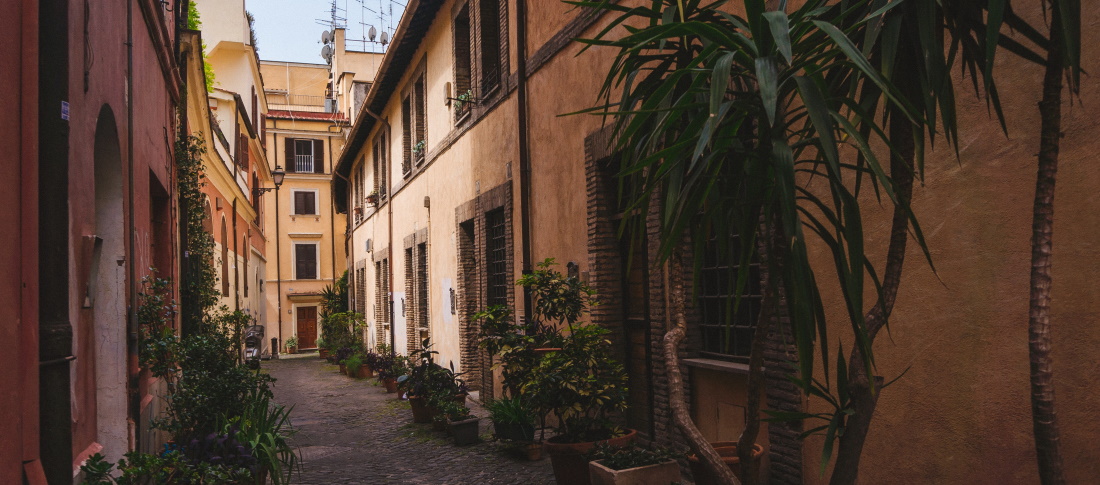 Areas and suburbs in Rome
Areas and suburbs in Rome
Rome, a city with a rich history and vibrant culture, offers a diverse range of areas and suburbs, each with its own unique charm. The city is divided into several districts, known as municipi, which are further subdivided into neighbourhoods or quartieri.
In the heart of Rome, the historical centre is a favourite among expats who seek a quintessential Roman experience amidst ancient landmarks. This area, however, comes with a premium price tag due to its proximity to iconic attractions and a bustling lifestyle.
For those looking to blend city life and quieter residential settings, areas like Prati and Parioli offer an appealing balance. Prati, near the Vatican, is known for its elegant buildings and is popular among expats due to its proximity to international schools and shopping streets. Parioli, a more upscale district, is renowned for its lush green spaces and chic restaurants, and is also close to numerous international schools.
Expats favouring a more bohemian and vibrant lifestyle often gravitate towards Trastevere. With its narrow cobblestone streets and lively piazzas, this picturesque neighbourhood offers a more relaxed and artistic atmosphere, albeit at rising rental prices due to its growing popularity.
For those seeking affordability without compromising accessibility, areas like San Giovanni and Testaccio are excellent choices. These neighbourhoods offer a more authentic Roman lifestyle, with traditional markets and a plethora of local eateries. They are well-connected to the city centre, yet provide a more residential feel.
Read more about the Best Expat Areas and Suburbs in Rome
 Types of accommodation in Rome
Types of accommodation in Rome
Like so many brilliant modern-day conveniences, apartment blocks may have been an invention of classical Rome. Expats will likely find that most available accommodation in Rome is in this form. Renting a room or sharing a flat is common among younger expats in Rome.
As a quaint and convenient quirk to the standard apartment block, many apartment buildings in Rome reserve the ground floor and basement for commercial use – meaning expats may be living above bakers, butchers, gelaterias or greengrocers.
The higher up in the apartment block an expat moves, the higher the rent, as these apartments experience less noise and light pollution.
No two accommodation options in Rome are the same, and expats will undoubtedly want to spend some time selecting the perfect area and suburb to settle in. Most accommodation in Rome is in historic buildings. Although these buildings can be charming, a disadvantage is that frequent maintenance may be needed.
 Finding accommodation in Rome
Finding accommodation in Rome
Expats looking for accommodation in Rome are advised to browse local papers for ads or peruse listings online. As an alternative, expats may want to use the help of a relocation agency or a real estate agent. The assistance fee is usually one month's rent plus a certain percentage of country tax.
It's advisable for expats to start their accommodation search well before moving to Rome, especially if they have specific requirements like proximity to international schools or workplaces. Many landlords and real estate agents expect tenants to have references and proof of income or employment. It's also common for expats to initially secure temporary accommodation while exploring different neighbourhoods and finding a long-term rental that suits their needs.
Accommodation in Rome comes either furnished or unfurnished. Unfurnished options are typically incredibly scant and come with no appliances at all, and they may not be preferred by those only staying for a short while.
Useful links
- Immobiliare.it is a comprehensive website for real estate listings in Italy, including Rome
- Another popular site offering a range of rental options in Rome is Idealista
- Casa.it features listings for rental properties, useful for comparing different areas and prices
- A local English-language publication, Wanted in Rome has classified ads for accommodation
Renting accommodation in Rome
Making an application
To apply for rental accommodation in Rome, prospective tenants should prepare a dossier including personal identification, proof of income or employment and possibly previous rental references. This documentation is crucial to assure landlords of the tenant's reliability and financial stability. When viewing properties, it's advisable to express interest promptly and provide this dossier to the landlord or agent. Due to high demand, especially in popular areas, properties can be rented quickly, so swift action is often necessary.
The landlord and the tenant should inspect the property together and draw up an inventory that both parties agree on. Finally, a proposal (proposta) can be drafted and signed together with a holding deposit and submitted to the landlord for acceptance. The housing market and high property demand in Rome tend to favour the landlord, leaving little room for negotiation, even if prices seem sky-high.
Leases, costs and fees
When searching for accommodation in Rome, it's essential to understand the rental contract terms. Typically, contracts are for either 4+4 years or 3+2 years. The 4+4 year contract offers more stability, automatically renewing for another four years unless the tenant or landlord provides notice. The 3+2 year contract, more common for furnished properties, includes an initial three-year term, extendable for two more years. Renters should ensure they are clear about the contract type and duration before signing. Shorter leases are available for stays between one and 18 months, though these may be quite expensive.
The cost of renting in Rome varies significantly depending on the location and the size of the property. In general, central areas and those near major tourist attractions command higher rents. Potential tenants should budget for additional costs such as utilities, which are typically not included in the rent, and a deposit, often equivalent to three months' rent.
Expats can expect to pay roughly two to three months' rent as a security deposit, and some homeowners expect tenants to give bank references so that they can collect even if an individual misses a rental payment.
Read Accommodation in Italy to learn more about the national rental market and processes.
 Utilities in Rome
Utilities in Rome
Utility bills are often paid for by the tenant. This, as well as the high demand for accommodation in Rome, means that rent in the city can be expensive. Expats should be aware of this when managing their finances, as it is an additional cost.
In Rome, the cost of utilities varies depending on the size of the property and usage. It's advisable for expats to inquire about the average utility costs for a specific property before signing a rental agreement, as these costs can significantly impact the overall living expenses.
Electricity
Electricity supply in Rome is reliable, with ENEL being the primary provider. Rates for electricity are determined based on consumption and time of use, with higher rates during peak hours. Tenants should consider energy-saving measures to keep costs manageable, such as using energy-efficient appliances and lights. Setting up an electricity account usually requires a Codice Fiscale (Italian tax code) and a valid ID.
When moving into a new property, it's essential to transfer the electricity contract to your name. This process involves contacting the provider with your details and the property's previous account number. Failure to do so can result in disconnection and reconnection fees.
ENEL is Italy's largest power company and a primary provider of electricity in Rome, and Acea is another major electricity provider in Rome, offering other services as well.
Gas
Gas in Rome is used primarily for heating and cooking. Like electricity, the cost depends on consumption. Gas providers in Rome include companies like Italgas and Eni. Setting up a gas account is similar to electricity, requiring personal identification and a Codice Fiscale.
Safety inspections for gas appliances and connections are mandatory and typically the landlord's responsibility. However, tenants should ensure that these inspections are up-to-date, especially when moving into a new property, for safety and legal compliance.
Italgas and Eni are among the leading gas service providers in Rome.
Water
In Rome, water supply is generally included in the condominium fees if living in an apartment. For standalone properties, water bills are issued bi-monthly and are based on consumption. The water in Rome is safe to drink, and there are numerous public fountains throughout the city providing fresh, potable water. Setting up a water account typically requires similar documentation to electricity and gas services.
Rome's water supply is managed by Acea, and expats should ensure that the water bill is transferred to their name when moving into a new property to avoid any disruption in service.
Acea is also the water utility company in Rome, managing the city's water supply.
Bins and recycling
Waste disposal in Rome is managed by AMA. The city has a comprehensive waste separation system, with bins for organic waste, paper, plastic, glass, and non-recyclable materials. It's important for residents to adhere to the recycling guidelines to avoid fines. Waste collection schedules vary by neighbourhood, and AMA provides detailed information on their website.
For larger items or special waste, there are designated disposal areas and services available. Expats should familiarise themselves with the local waste disposal rules and schedules to ensure proper compliance and contribute to the city's environmental efforts.
AMA Roma is responsible for waste management and recycling services in Rome.
Internet
Setting up internet and telecommunications services in Rome is straightforward, with several providers offering competitive packages. Fast broadband and mobile services are available, with companies like TIM, Vodafone, and Wind Tre being popular choices. Expats should compare plans to find one that suits their needs, considering factors like speed, data limits, and international calling options. Installation can usually be arranged within a few days of signing up, and most providers require a Codice Fiscale and identification for the contract.
For expats looking for flexibility, prepaid mobile plans are a convenient option. These plans do not require long-term contracts and can be easily topped up online or at various outlets across the city.
TIM, Vodafone Italy and Wind Tre are the leading telecommunications providers in Rome, offering a range of internet and mobile services.

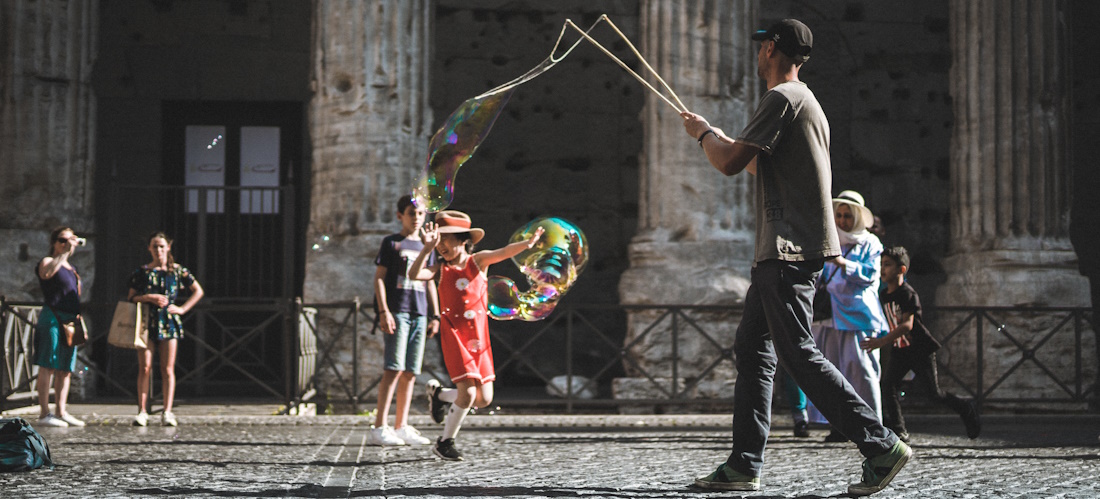 + PRO: Family-friendly city
+ PRO: Family-friendly city



 Types of accommodation in Rome
Types of accommodation in Rome Finding accommodation in Rome
Finding accommodation in Rome Utilities in Rome
Utilities in Rome




 Shopping in Rome
Shopping in Rome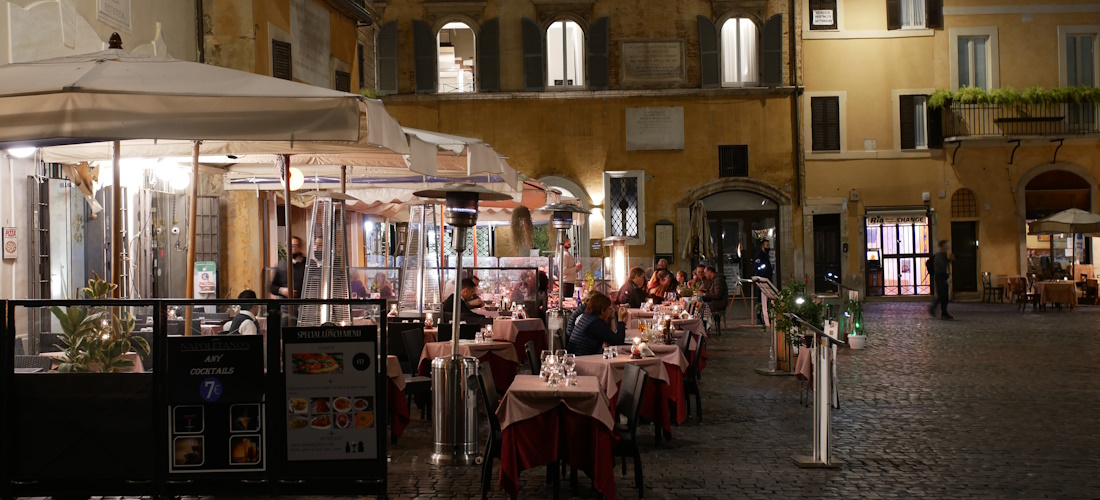 Nightlife in Rome
Nightlife in Rome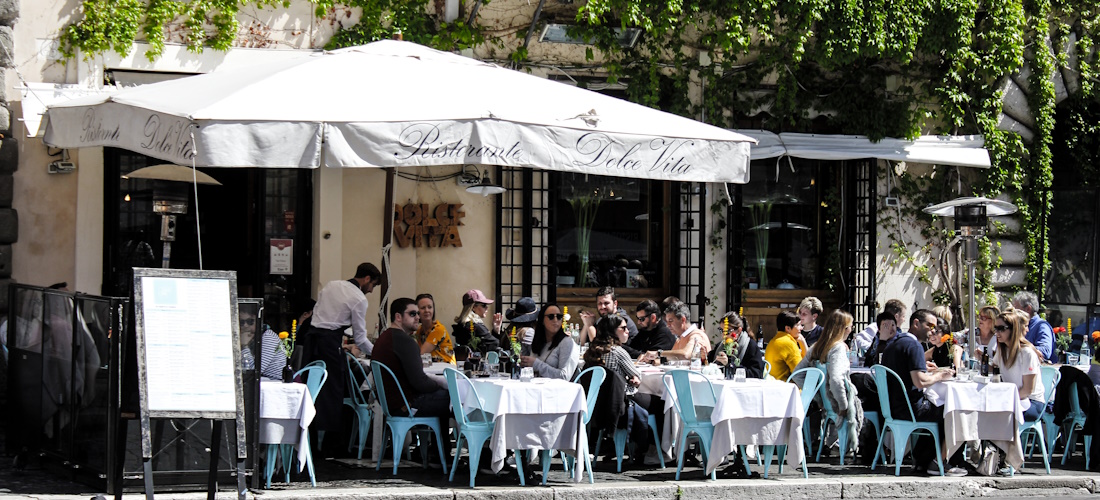 Eating out in Rome
Eating out in Rome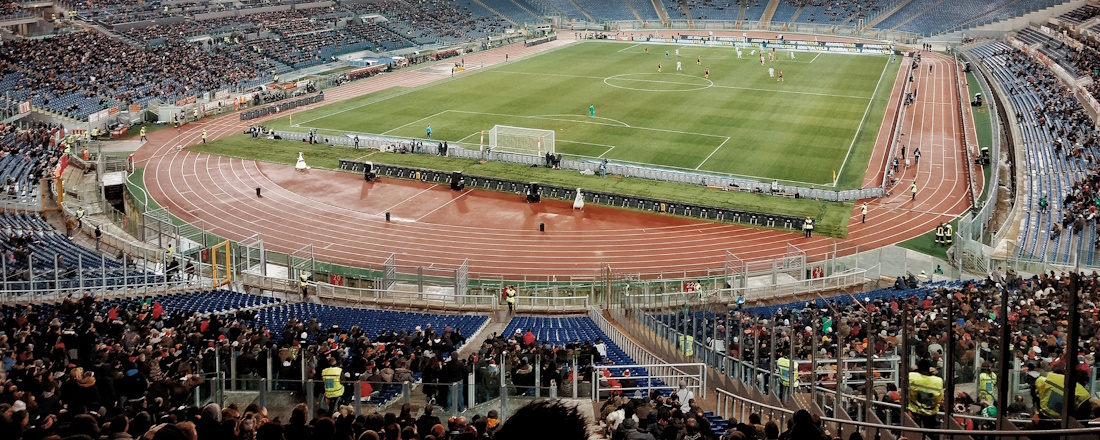 Sports and outdoor activities in Rome
Sports and outdoor activities in Rome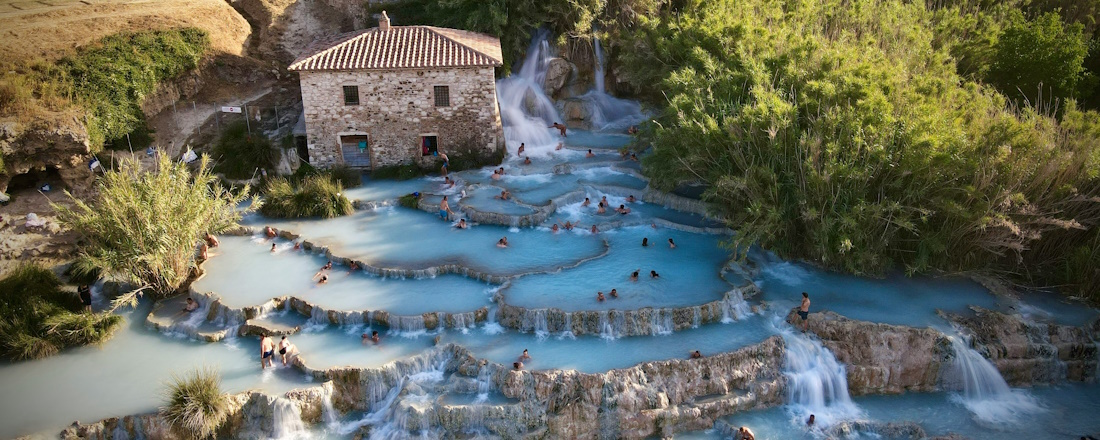 The Tuscan Maremma
The Tuscan Maremma Cinque Terre
Cinque Terre Abruzzo
Abruzzo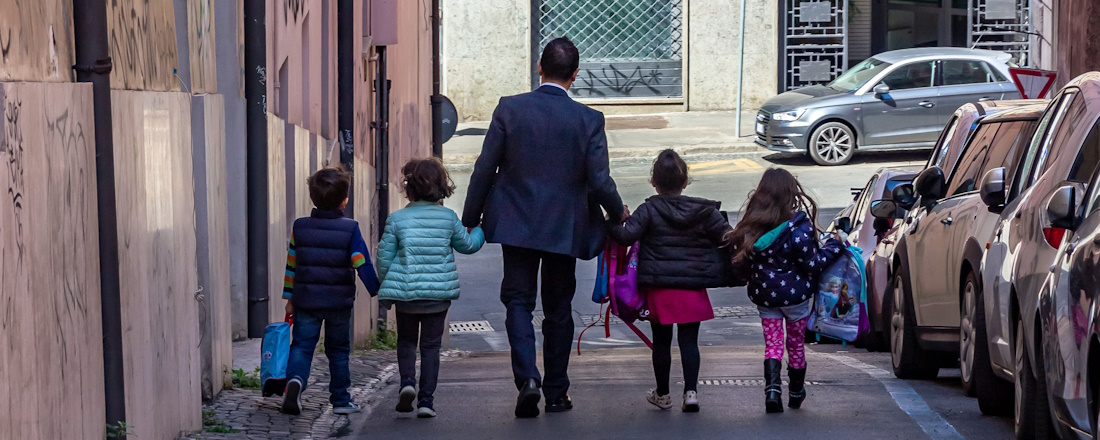 Challenges for expat parents in Rome
Challenges for expat parents in Rome For a touch of whimsy and wonder, the Bioparco di Roma offers an enchanting escape where children can marvel at a variety of wildlife in the heart of the city. It's not only an opportunity to see animals but also a chance to learn about conservation efforts.
For a touch of whimsy and wonder, the Bioparco di Roma offers an enchanting escape where children can marvel at a variety of wildlife in the heart of the city. It's not only an opportunity to see animals but also a chance to learn about conservation efforts. The Colosseum
The Colosseum Roman Forum
Roman Forum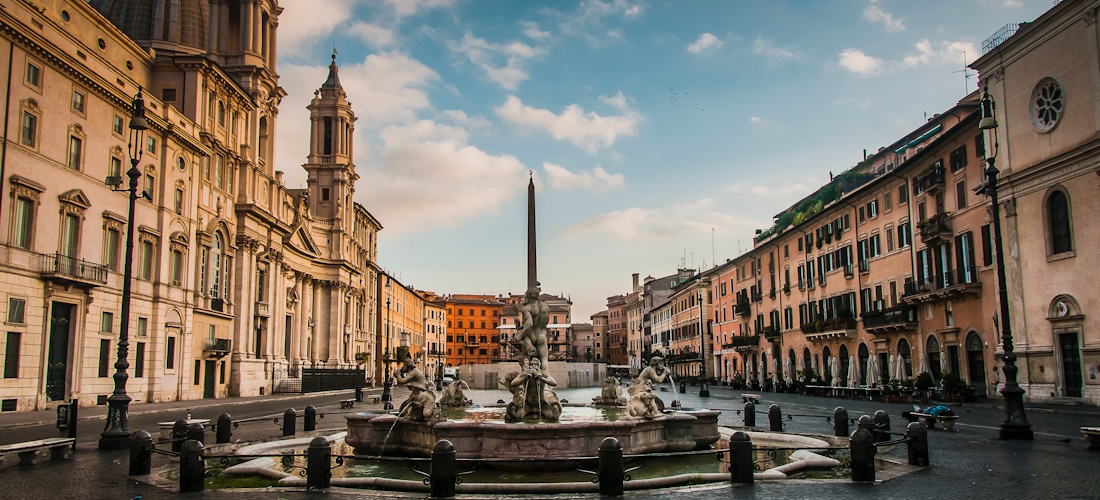 Piazza Navona
Piazza Navona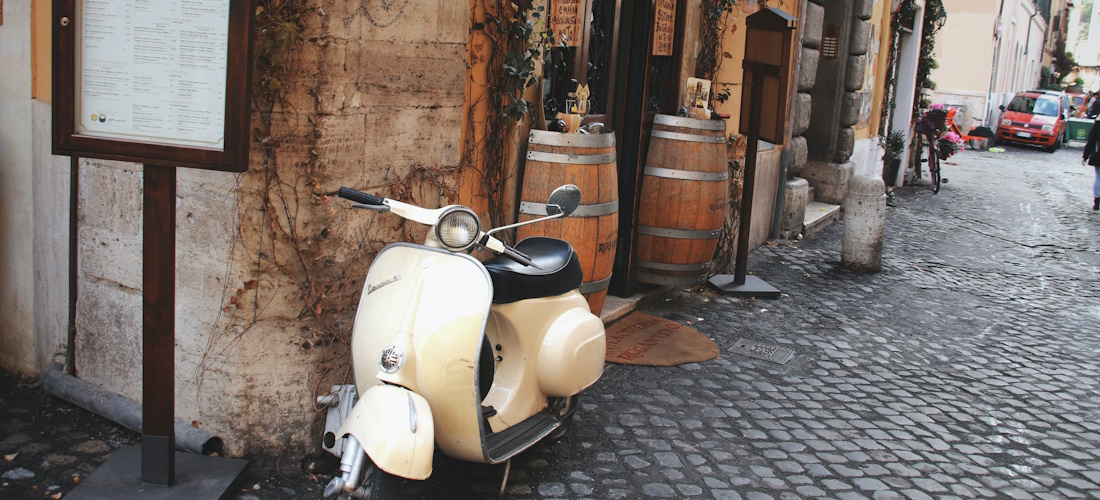 Trastevere
Trastevere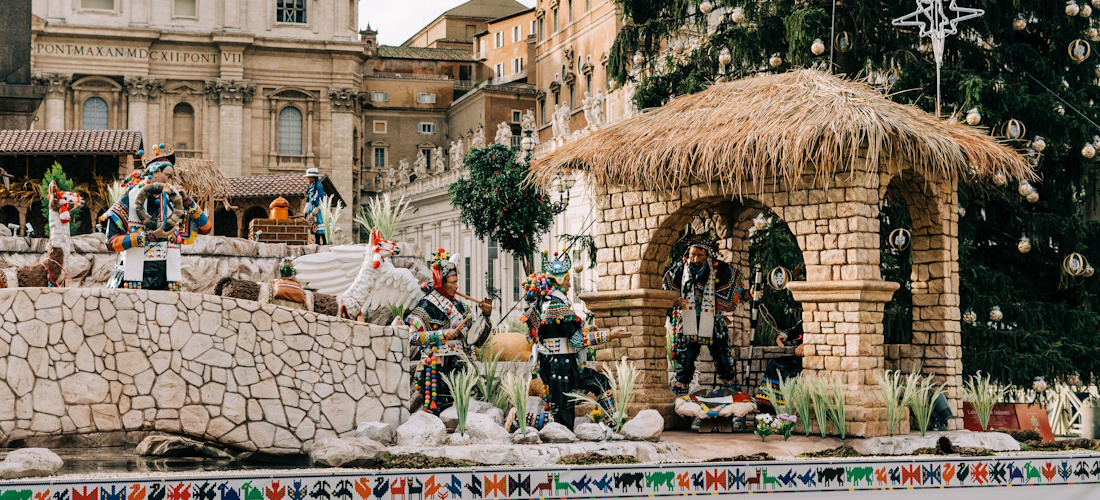

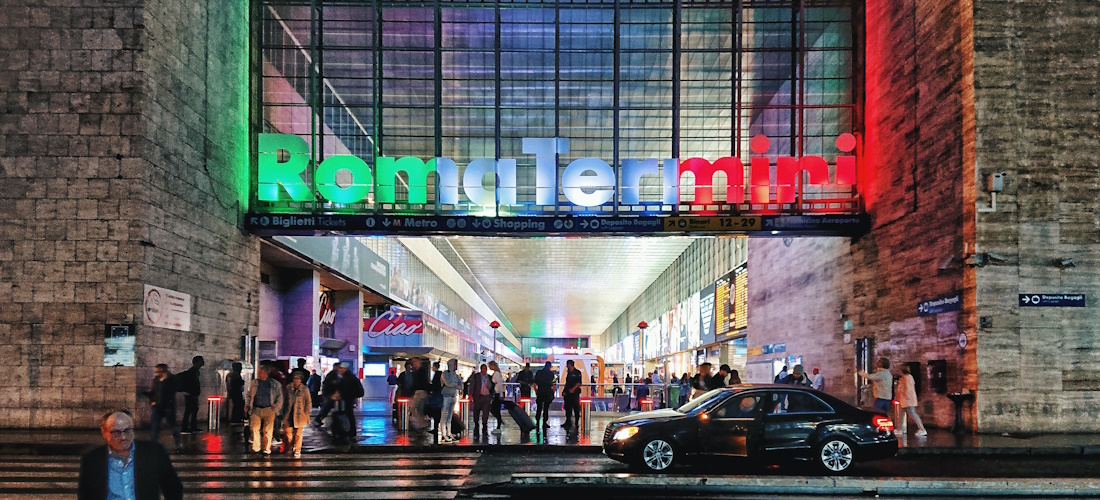 Trains
Trains Buses
Buses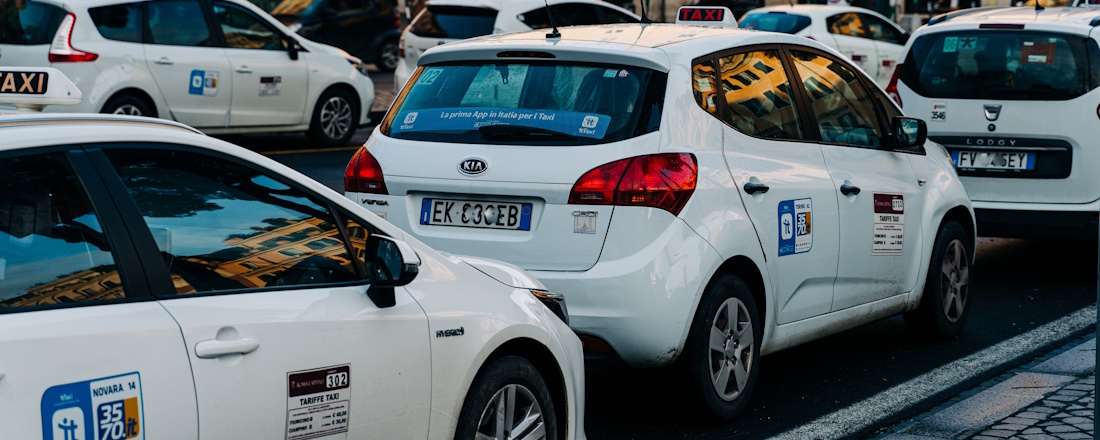

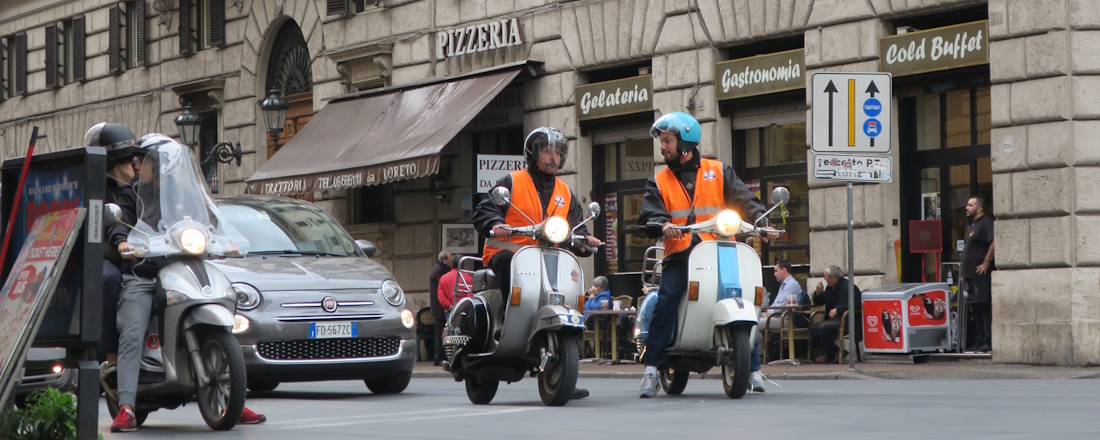 Vespas and motorcycles
Vespas and motorcycles